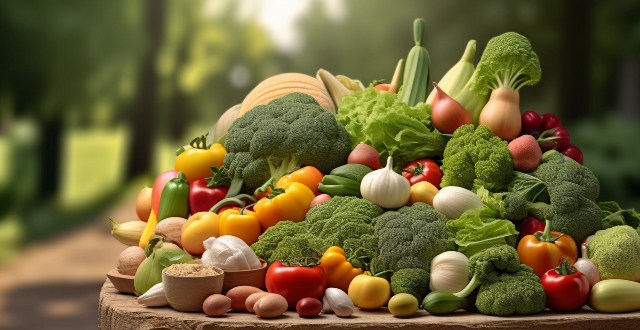Food recalls are a crucial part of ensuring that consumers have access to safe and nutritious foods. When a product is recalled, it means that there is a potential risk associated with consuming it, which could lead to illness or injury. There are several reasons why a food recall may be issued, including contamination, mislabeling, and manufacturing defects. The steps involved in carrying out a food recall include identification, notification, public announcement, removal from shelves, investigation, and corrective action. By understanding the reasons behind food recalls and the steps involved in carrying them out, we can all do our part to promote food safety and support healthy communities.

What is a Food Recall?
A food recall is an action taken by a manufacturer or distributor to remove a product from the market due to safety concerns. This can be because of contamination, mislabeling, or other issues that could potentially harm consumers. The goal of a food recall is to protect public health and prevent further exposure to the hazardous product.
How Does It Relate to Food Safety?
Food safety is a critical aspect of public health, and food recalls are a crucial part of ensuring that consumers have access to safe and nutritious foods. When a product is recalled, it means that there is a potential risk associated with consuming it, which could lead to illness or injury. By removing the product from the market, manufacturers and distributors can help minimize the risk of harm to consumers.
Reasons for Food Recalls
There are several reasons why a food recall may be issued, including:
- Contamination: If a product becomes contaminated with harmful bacteria, viruses, or other substances, it may pose a serious threat to consumer health. For example, if a batch of ground beef is found to contain E. coli bacteria, it may be recalled to prevent illness.
- Mislabeling: If a product is incorrectly labeled or packaged, it could cause confusion among consumers who have specific dietary needs or allergies. For instance, if a product labeled as gluten-free actually contains wheat, it may be recalled to avoid causing allergic reactions in individuals with celiac disease.
- Manufacturing Defects: Sometimes, manufacturing defects can lead to products being unsafe for consumption. For example, if a can of soup has a defective seal that allows bacteria to enter, it may be recalled to prevent spoilage and potential illness.
Steps Involved in a Food Recall
When a food recall is initiated, several steps are typically involved:
1. Identification: The manufacturer or distributor must identify the specific product(s) being recalled and determine the reason for the recall.
2. Notification: The appropriate regulatory agencies, such as the U.S. Food and Drug Administration (FDA) or the U.S. Department of Agriculture (USDA), must be notified of the recall. These agencies will then work with the manufacturer or distributor to ensure that the recall is carried out effectively.
3. Public Announcement: Once the regulatory agencies have been notified, a public announcement must be made to inform consumers about the recall. This usually involves posting notices on websites, sending out press releases, and placing advertisements in newspapers and other media outlets.
4. Removal from Shelves: Retailers must remove the affected products from their shelves and stop selling them until the issue has been resolved. They may also need to provide refunds or exchanges for customers who have already purchased the product(s).
5. Investigation: An investigation will typically be conducted to determine the cause of the recall and identify any additional products that may be affected. This can help prevent similar incidents from occurring in the future.
6. Corrective Action: Finally, corrective action must be taken to address the underlying issue(s) that led to the recall. This may involve changes to manufacturing processes, improved labeling practices, or enhanced quality control measures.
In conclusion, food recalls are an essential component of food safety efforts designed to protect consumers from potentially harmful products. By understanding the reasons behind food recalls and the steps involved in carrying them out, we can all do our part to promote food safety and support healthy communities.